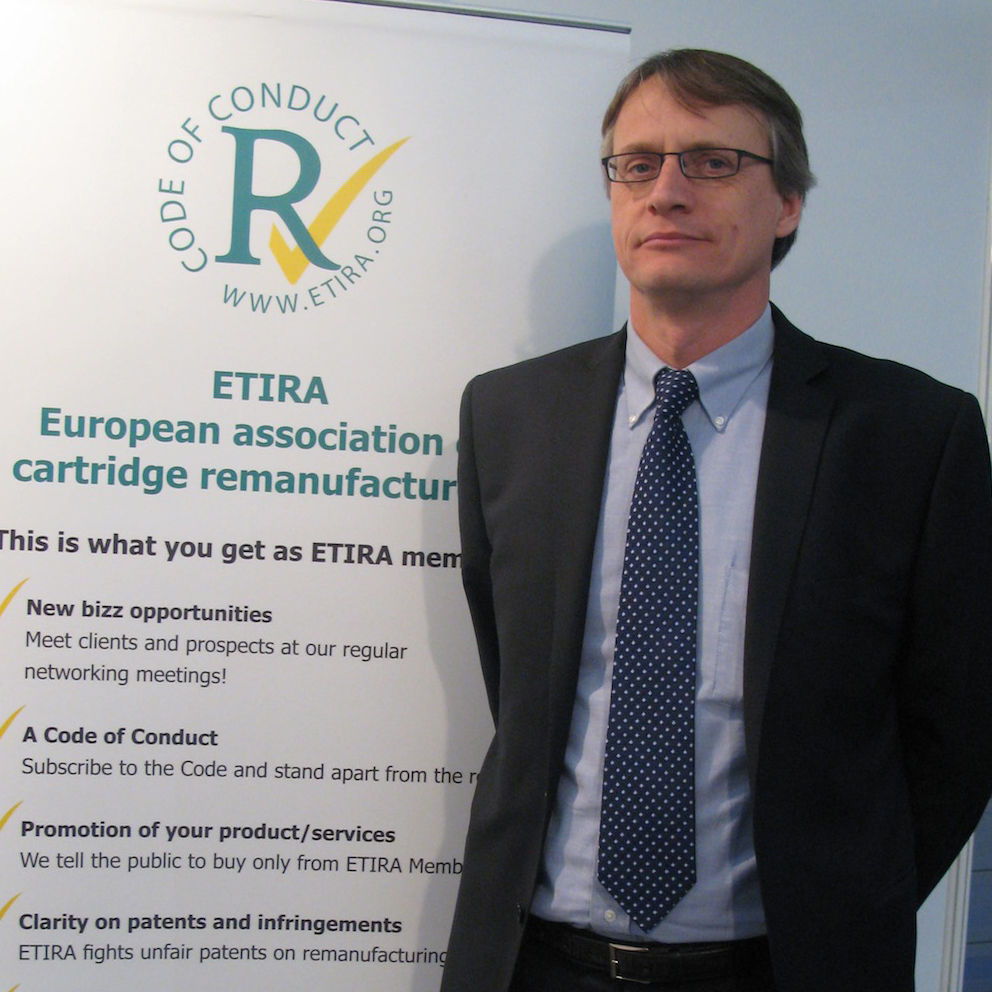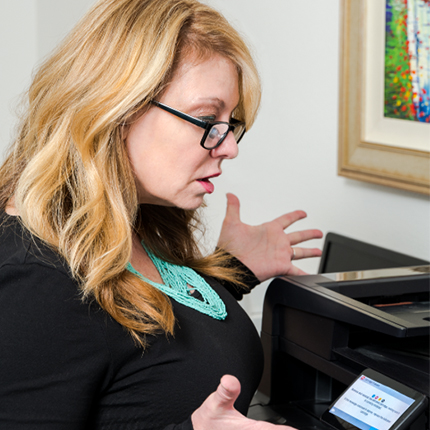Security Printing: new technologies in the printing industry
Security has become one of the hottest issues and is currently the fastest developing and most important technology in the print industry.
Its importance is realized not only in the printing of security documents, like banknotes’ stamps and checks, but because of the increasing danger and cost of counterfeiting (duplication) and forgery (alteration). It has even impacted our everyday printing of all kinds of packaging materials and products, including labels and boxes for beverage, food, cosmetics and pharmaceuticals.

Security printing does not refer to a separate printing technology but rather to an application or mixture of conventional printing technologies.
Security printing is always developing to overcome the new technologies that make it easy for anyone to copy, alter or reproduce a document or a print. As Douglas Gordon said back in 2000 at the GATF security printing conference, “As long as there are people who feel compelled for whatever reason to copy or alter documents of any value, there will be a need to ensure that those documents will be extremely difficult to reproduce.”
Security printed document as defined by Van Renesse is “using a print media to produce a document whose identity, validity and authenticity can be verified”.
Security printing uses a variety of technologies, techniques and elements in order to produce secure documents to be as difficult as possible to counterfeit.
The security elements used can be divided into two main types:
– Overt elements, which can be seen and detected by the human eye, under the normal lighting conditions, without the need to any devices.
– Covert elements, which are hidden in the printed document, and can only be seen and detected using a special lighting, optical or reading device or instrument.
They can also be classified into three levels of security:
– Level one elements, which can be detected by a normal human being, using the naked eye without the need to use any aiding devices, like the watermark and the security thread.
– Level two elements, which can only be detected and seen using a special aiding device or lighting source, like the UV printing seen only under special UV lighting sources, or the micro-text printing readable only under special magnifiers and microscopes.
– Level three elements, which can only be detected in forensic labs, like the IR printing, X-ray fluorescence, biometrics. DNA taggants and micro taggants in printing inks.
The main production steps and elements that can be used in security printing are:
- Secured Design:
The first step in every printed product is the design stage, therefore special security designing software should be used in order to design and produce highly secured print products.
There are several companies which are specialized in producing and developing security design software, which are used by all kinds of security printers, in designing and producing highly secured designs, that are very difficult to copy, scan, print or reproduce, because of using very fine lines, special patterns, backgrounds, elements, micro lettering, anti-scan and anti-copy elements.
- Special security paper:
As paper is the most commonly used print material, it’ll be very important to add to its structure, while manufacturing, some security elements and features, like the watermarks, security threads and fluorescent fibers, which will make it really difficult to duplicate.
Watermarks are seen as a negative image under reflective lighting, and as a positive image through transmitted lighting.
Prof. Riad Basala from Egypt is always mentioning that paper is the main core of the security documents and should always be embedded with several security elements and features to start with, and all the rest are additional layers on top of it.
- Special security inks:
There are no prints without using any kinds of printing inks. In security printing a very wide range of inks can be used, such as UV visible inks which can be seen only under ultra violet light sources, IR visible inks which can be seen only under infra-red light sources, thermo-chromic inks which change their colors by changing their temperatures, optically variable inks which shift their colors according to the angles under which they are viewed, magnetic inks which are machine readable by magnetic ink character recognition (MICR).
- Different Printing processes and techniques:
All kinds and types of printing processes can be used in printing all kinds of security documents and prints. Offset, flexo, intaglio, screen, digital and relief printing processes can be used separately or integrated together in printing the secured prints and documents. Using more than one printing technology in printing security documents, like in the case of banknote printing, makes it very difficult for the forgeries to try to counterfeit them.
Another important is a technique called Rainbow printing, where the same ink fountain is divided by special dividers and splitters, in order to use several inks with different colors in the same ink fountain, producing very special color mixes blends and shades, that are very difficult to reproduce.
Also using special numbering during the printing process is very useful specially using different sized horizontal and vertical numbers.
- Diffractive Optically Variable Image Devices (DOVID):
These are coatings and laminates, transparent or opaque, which are added on the surface of the prints (in some non-paper materials, like plastics, they can be embedded within the different layers), to add some more security elements, helping in deterring counterfeiting. These devices are characterized by having different appearances (content, color or info), when viewed at different viewing or lighting angles.
Samples of these kinds of devices are holograms, Kinegrams. Iridescent optically variable coatings are also sometimes classified under the same title or as OVDs (Optically Variable Devices).
In conclusion, I’d like to use Richard Warner’s and Richard Adams’ words from their book “Introduction to Security Printing” published by GATF in the USA: “One of the most widely agreed-upon practices used by security printers to mitigate counterfeiting attempts is to use several security printing devices on a given document, and to replace these devices with new and/or different security devices with regularity.” And Gordon’s words, that the goal of today’s security printer is to produce documents with multiple layers of new counterfeit deterrents while maintaining the aesthetics and functionality of the printed product.
If you want to know more about Printing Security Improved with New Technology, here.







Leave a Comment
Want to join the discussion?Feel free to contribute!